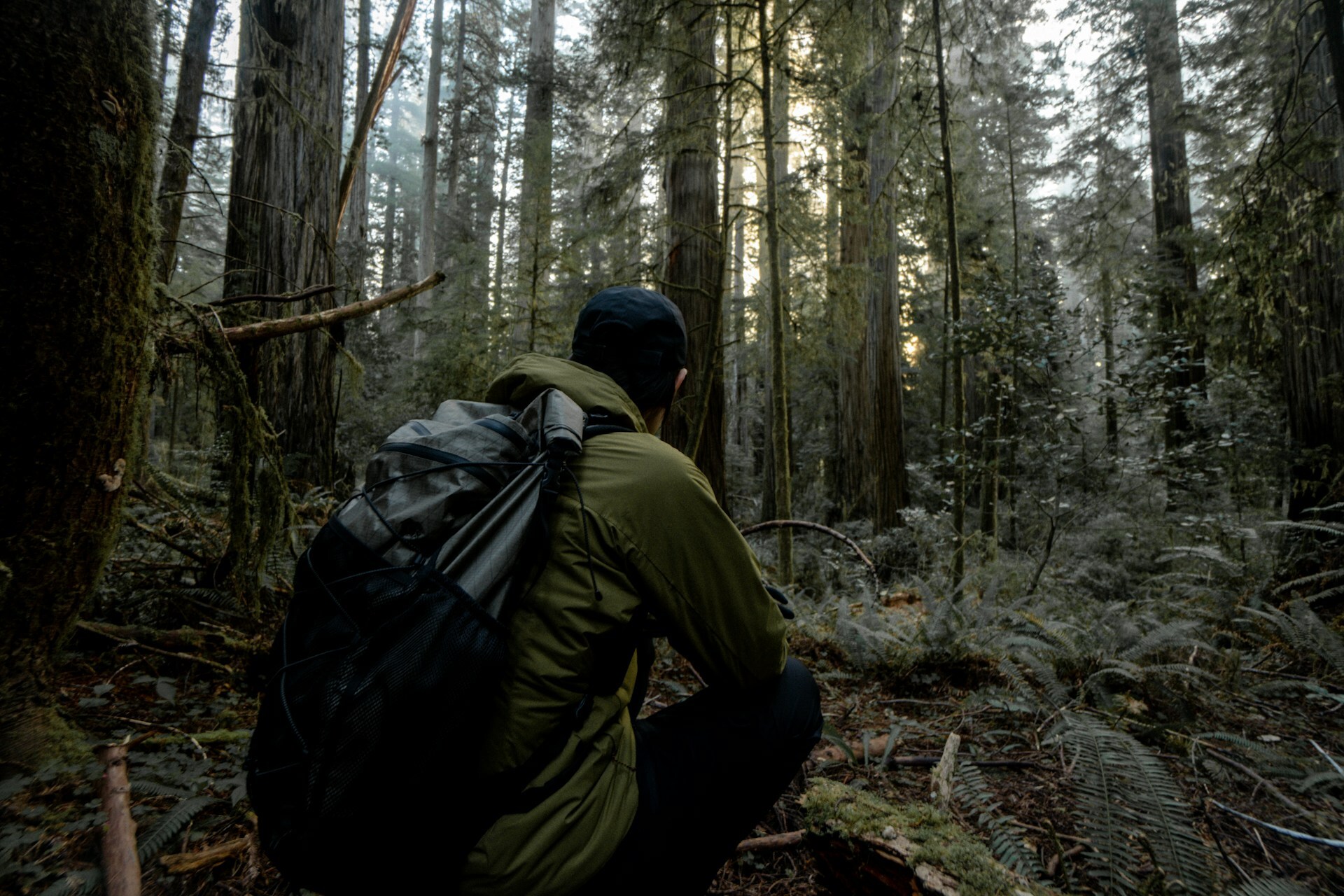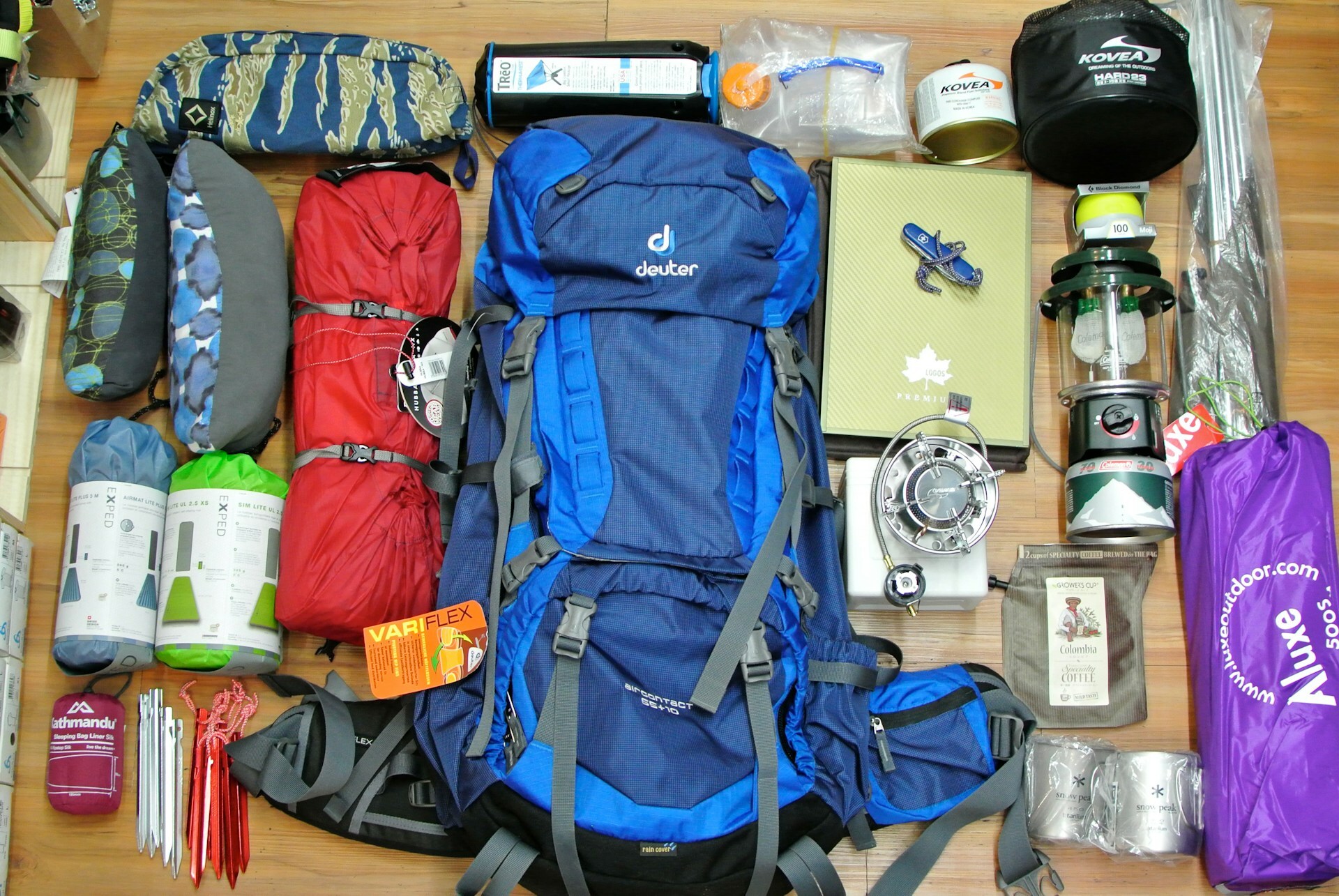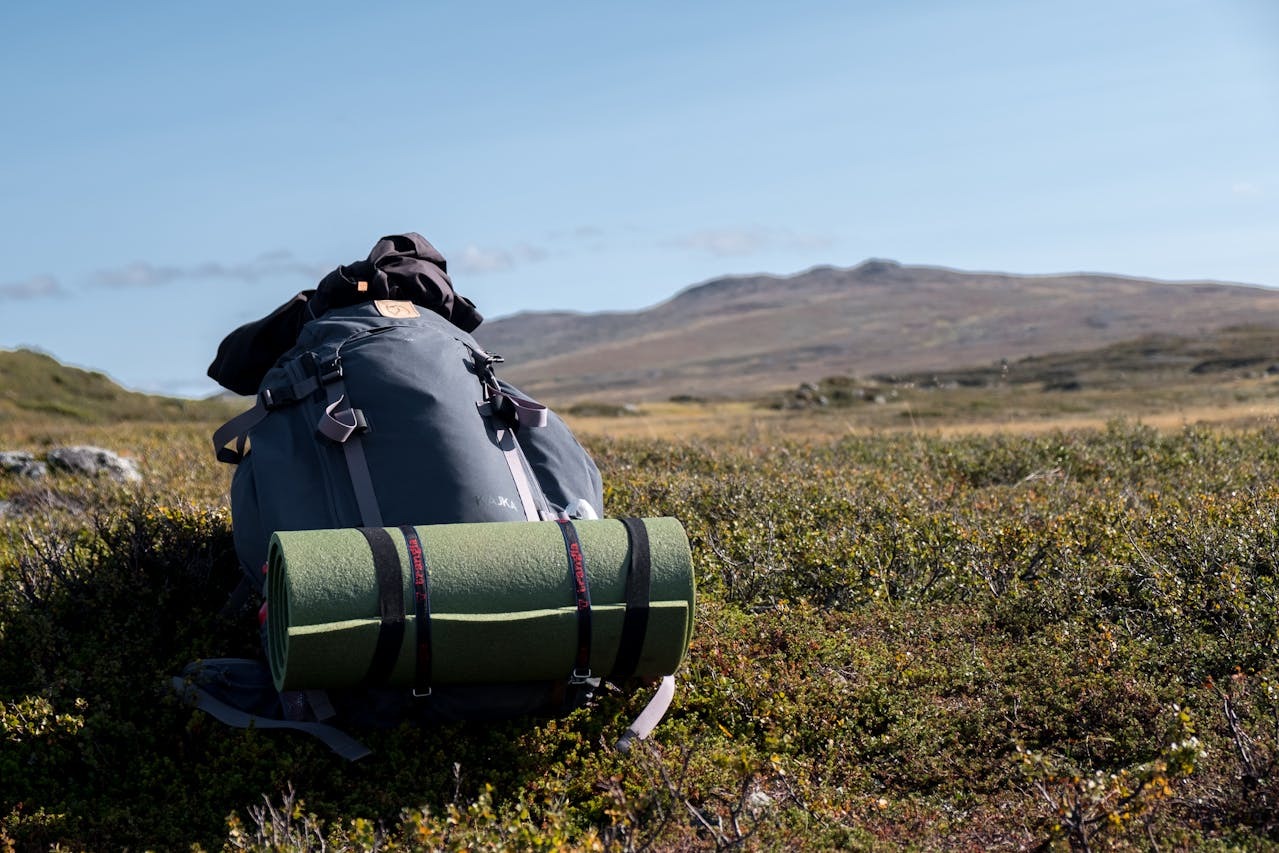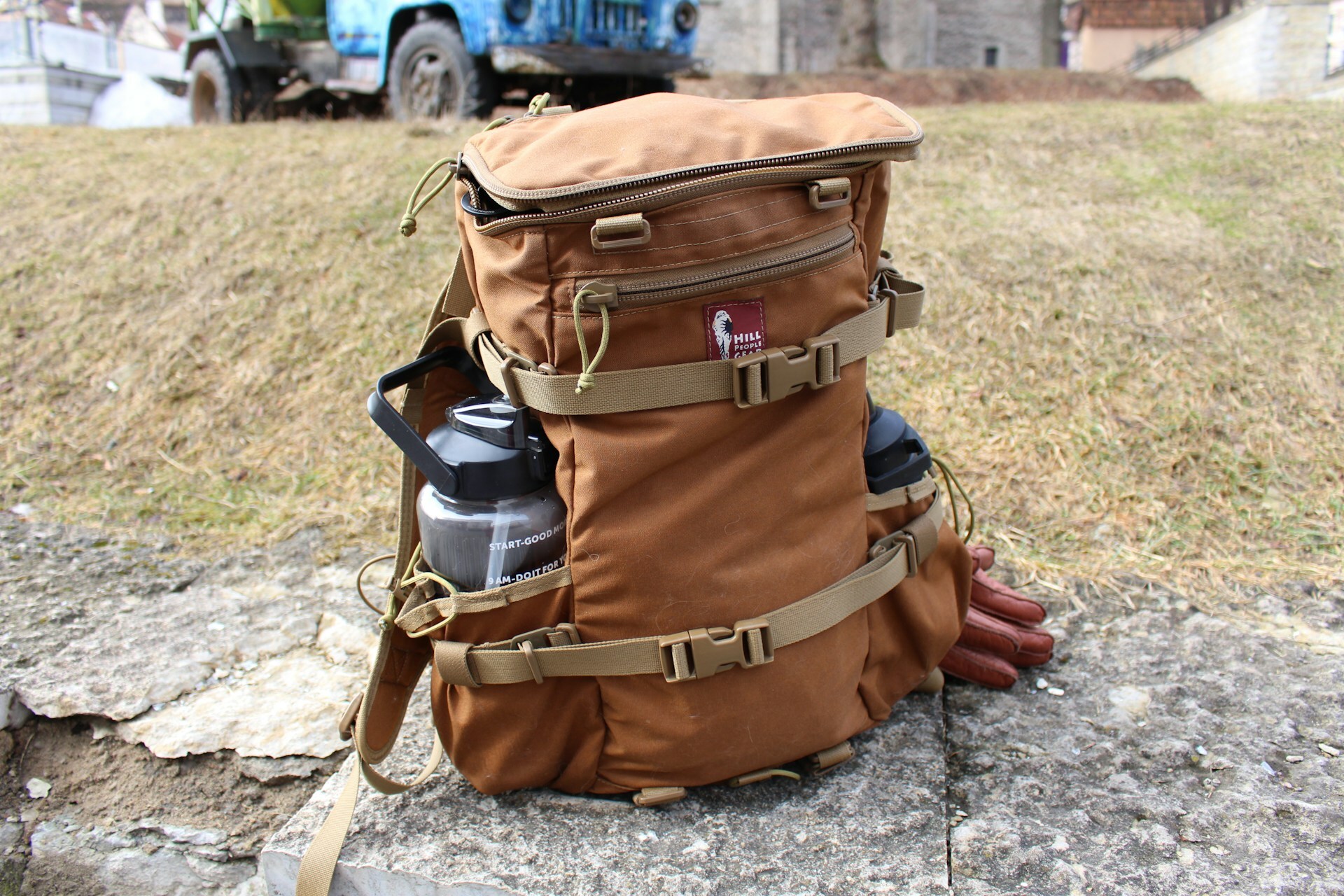How to Pack a Hiking Backpack
Posted by Kevin Green on Oct 24th 2025
- Overpacking a hiking bag will weigh you down on the trails and make gear access difficult.
- While your essentials vary based on your trip length, everyone should bring a quality hiking bag, food and water, first aid supplies, navigation, and comfortable clothing and boots.
- How to pack a hiking backpack: Build a base of your bulky and non-essential items, then add heavier gear at the core of your pack to create a center of gravity. Routine gear should go at the top of your bag.
Packing a hiking bag is a bit of a science. Sure, you could throw all of your gear in your backpack and hope for the best. But that could cause a huge headache in the field, especially when you’re mid-hike and your bag is shifting with each step.
There’s really no wrong way to pack a backpack, but having a system will go a long way. Get prepared for your next hiking adventure with these packing tips from Army Surplus World!
Follow This Hiking Essentials Checklist

You want to be prepared for anything that comes your way on a hike. But what you don’t want to do is overpack. Overpacking is only going to weigh you down and make it harder for you to find the gear you actually need.
That being said, a 4-hour trek and a backpacking trip require very different survival gear and supplies. Consider these essentials as you pack:
- Outdoor Bag: While outdoor bags are essential for hikes, you need to get the right one for your trek. Pick a size based on your trip length. 20-30L bags are great for day hikes, while 40-50+L bags are better for multi-day trips. You should also prioritize bags with multiple compartments for your gear and padded, adjustable shoulder straps to ensure a comfortable fit.
- Food and Water: Food is fuel. Pack military MREs and jerky for lightweight options. You’ll also need canteens filled with water, or you can choose water purification for safe drinking water in your canteen. Having a day-long excursion? Don’t forget to pack cookware!
- Med Kit: First aid supplies are crucial for any trip length. Take the guesswork out of what you’ll need with a med kit. They include bandages and other must-haves.
- Navigation Tools: Make sure you have one or two ways to stay oriented, such as a compass and a map of the area you’re backpacking.
- Clothing: Check the forecast before packing a hiking bag with clothes. This will help you choose your ideal military clothing. If you’re still unsure, layering is always a great option. Wear and bring light layers like thermal clothes, BDU shirts, and pants, and a lightweight poncho for wet conditions.
- Hiking Footwear: Your choice of shoes depends on the terrain and environment. Hiking shoes are fine for paved trails, but you’ll need Army surplus boots for treks on rocky and rugged trails. They’ll provide more support and stability.
- Sleeping Pad/Bag (For Longer Hikes): Nothing ruins a trip faster than a bad night’s sleep. Ensure you get the rest you need with a sleeping bag made for warmth and comfort.
- Tarp or Tent (For Longer Hikes): Shelter is an essential survival item. Many opt for tents for complete shelter with mosquito protection, but you could also bring a canvas tarp if you prioritize a more versatile and lightweight solution.
How to Organize and Pack a Hiking Backpack

Packing a hiking bag is all about balance. Your heavy gear should rest as close to your hips as possible, at the bottom of your pack. This will help your pack sit better on your body, reduce shoulder and back strain, and help you remain balanced on your hike.
Why not pack the heaviest at the top of your backpack? Gravity! It can seriously increase your chances of falling over as you trek over rough terrain.
Lateral balance is just as important when learning how to pack a hiking backpack. Unbalanced packs can lead to injuries. Before packing a hiking bag, lay out all of your gear and pair items of similar weights to balance them in your bag.
Create Your Base
The bottom zone of your bag is where you should pack bulky gear and items you won’t need until you set up camp. This includes your sleeping bag, tent, and extra layers of clothing you’ll sleep in.
Pack the “Spine” of Your Backpack

After you’ve built a solid base, you’ll pack heavy and dense gear that you don’t need immediate access to during your hike. Doing this will help create a center of gravity and direct the load downward instead of backward (which causes tipping). These items include:
- Food
- Cookware and fuel
- Stove
- Water bladder
Make sure there aren’t any sharp objects that can poke you or cause discomfort. You can stuff in soft items or wrap your gear in clothing to prevent it from shifting on your hike!
Top Your Backpack with Frequently Used Gear
Pack frequently used items at the top of your bag for quick and easy access. These items include bulkier gear, not a compass or other gear that you may urgently need. Examples include:
- Your jacket or poncho
- Med kit
- Water filter or purifier
- Snacks
Pack Your Bag’s Exterior Pockets with Smaller Essentials
You’ll pack your smaller and more urgent essentials in your bag’s exterior pockets. These pockets allow for quicker access than anything inside your pack. This also applies if you’re using MOLLE pouches. Here are some examples:
- Compass or map
- Bug spray
- Sunscreen
- Headlamp or camping flashlight
- Hat and sunglasses
- Additional snacks
- ID
- Tactical knives and multitools
Where Do You Put Large Gear?
Compression straps and gear loops help secure gear that may be too large to fit inside your hiking backpack. This usually includes stuff like trekking poles, tents, or even climbing rope.
Keep in mind that attaching too many things is a sign that your pack is too small.
Learn How to Pack a Hiking Backpack with Army Surplus World

It’s important to reiterate: There’s no one right way to pack. You should lay out all of your gear at home and practice packing until you find the method that works best for you. These tips merely serve as guidelines to help you balance your load for more comfort.
You’ll need the right hiking gear before you even start to pack. For that, you have Army Surplus World. We have a wide selection of hiking clothes and essentials at affordable prices, including rugged backpacks, surplus boots, and tons more. Explore everything we have to offer and stay safe on the trails!

